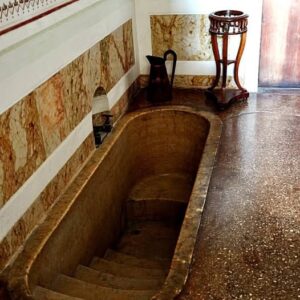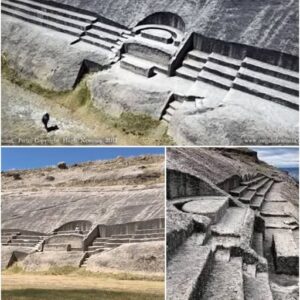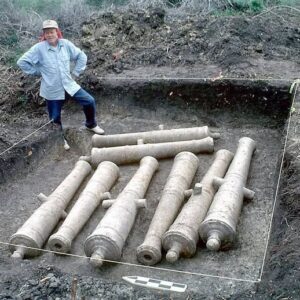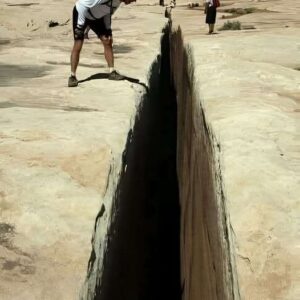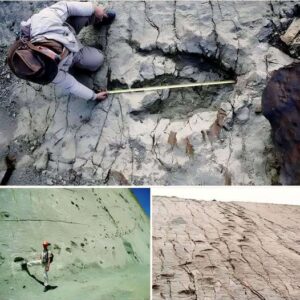The discovery of nearly identical petroglyphs in Japan, Utah-USA, and Azerbaijan has sparked fascination within the archaeological community, leading to thought-provoking inquiries into the interconnections between ancient cultures. These intricate carvings, found in Fugoppe Cave in Japan, Nine Mile Canyon in Utah, and Gobustan in Azerbaijan, all feature depictions of winged or flying human figures. Despite the vast geographical distances separating these sites, the striking resemblance of these motifs raises compelling questions regarding potential cultural interactions or shared symbolism among these ancient societies.
Dating back thousands of years, the historical significance of these petroglyphs is undeniable. In Japan, these carvings are estimated to be approximately 7,000 years old, while in Utah, they date between 1,000 and 2,000 years, and in Azerbaijan, they may be up to 10,000 years old. The presence of similar iconography across such diverse regions suggests the intriguing possibility of a common mythological framework or shared beliefs regarding winged beings among these ancient civilizations.

One of the key questions that arise from this discovery is whether these cultures independently developed similar iconographies or if they were influenced by interactions across vast distances. The parallels in these petroglyphs raise the possibility of cultural diffusion or exchange of ideas, challenging traditional narratives of isolated societal development. The exploration of these ancient artworks opens up new avenues for research, shedding light on the intricate web of connections that may have existed between geographically distant civilizations.
Scholars and researchers are now tasked with delving deeper into the significance of these shared motifs, seeking to unravel the mysteries surrounding the cultural interplay between Japan, Utah, and Azerbaijan during ancient times. By examining these petroglyphs through a comparative lens, we gain valuable insights into the shared beliefs, artistic expressions, and cultural exchanges that shaped the worldviews of our predecessors.
In conclusion, the discovery of nearly identical petroglyphs in disparate locations underscores the complexity of ancient human interactions and the enduring legacy of shared symbolism across time and space. The study of these enigmatic artworks offers a glimpse into the interconnected nature of human societies, inviting us to reconsider our understanding of ancient cultures and the ways in which they communicated and expressed their beliefs through art.
